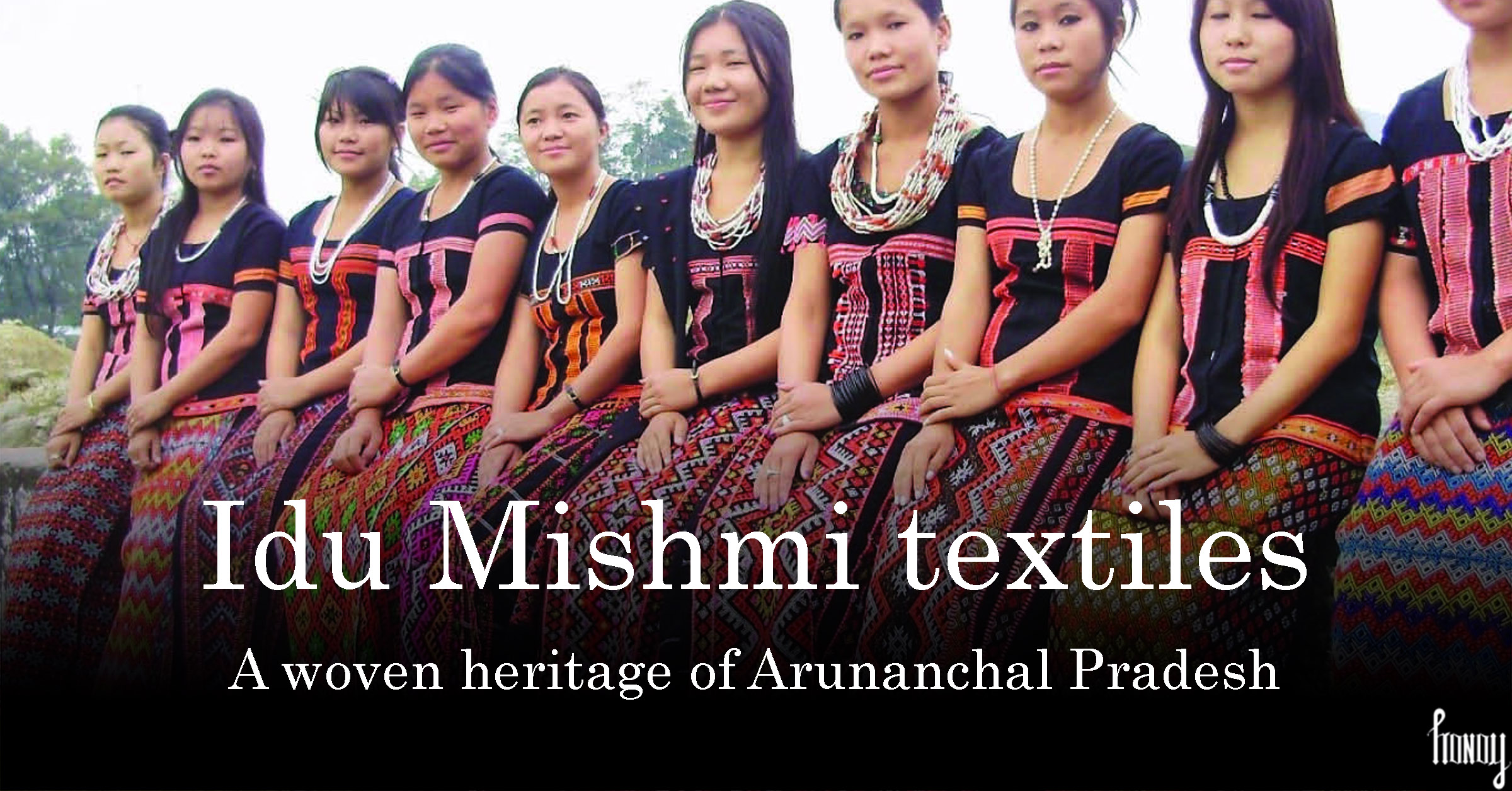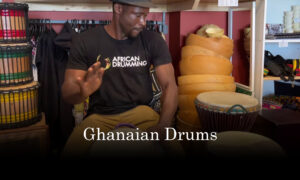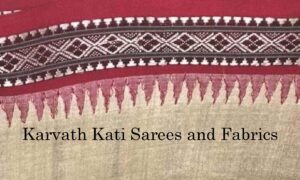Introduction to Idu Mishmi
This blog will delve into The rich history of Idu Mishmi textiles. Nestled in the northeastern corner of India, in the state of Arunanchal Pradesh, the Idu Mishmi community (a major sub-tribe of Mishmi group) boasts a rich textile heritage woven into their history. These textiles woven by the Idu Mishmi people are not just fabrics and garments; it is their way of life. In this blog, we’ll delve into the world of Idu Mishmi textiles and discover the artistry and cultural significance behind them.
A Glimpse into Idu Mishmi Culture
The Idu Mishmi people primarily inhabit the Dibang Valley and Lower Dibang Valley districts of Arunachal Pradesh, a state known for its diverse indigenous cultures. The Idu Mishmi community’s cultural practices, including their textiles, have been passed down through generations, preserving their unique identity. Weaving is a traditional practice of women of the community and is a major means of supplementing the family income.
Materials and Techniques
Idu Mishmi textiles are traditionally made from natural fibers, with cotton and nettle being the most commonly used materials. These fibers are locally sourced, hand-spun, and handwoven to create exquisite fabrics. The weaving process involves great skill and patience, with intricate designs and patterns emerging as the weaver works their magic on the loom.
One of the distinguishing features of Idu Mishmi textiles is the use of natural dyes. Locally available plants and minerals are used to create a stunning array of colors, giving the textiles their vibrant and earthy hues. This reliance on natural dyes not only adds to the uniqueness of the textiles but also reflects the Idu Mishmi community’s sustainable and eco-friendly practices.
Designs and Motifs
Idu Mishmi textiles can be identified because of their distinctive motifs and designs. These patterns often draw inspiration from nature, with representations of animals, birds, plants, and abstract symbols. Each design has its own significance and is believed to convey blessings, protection, or stories from their folklore.
One of the most iconic elements of these textiles is the use of traditional geometric patterns, which are both aesthetically pleasing and deeply rooted in their cultural beliefs. The motifs often carry spiritual and symbolic meanings, connecting the wearer to their heritage and spirituality.
Garments and Accessories
Idu Mishmi textiles is woven into the daily lives of the people of this group. Their traditional costume includes the “Muyu” (a wraparound skirt) for women and the “Menje” (a loincloth) for men. These garments are adorned with intricate embroidery and beadwork which adds a touch of elegance and individuality.
Furthermore, this craft of weaving textiles is also used to create accessories such as shawls, scarves, and bags. These items, often characterized by their unique designs and they serve both fashionable and practical purposes.
Preserving a Legacy
While the Idu Mishmi textiles have been handed down for generations, the art of their creation faces challenges from modernization and industrialization. The younger generation is increasingly drawn to contemporary clothing styles, and the traditional skills of textile production risk being lost.
Efforts are being made to preserve and promote these prized textiles. Organizations and artisans are collaborating to offer training programs to pass on the traditional weaving techniques and dyeing methods to the next generation. Additionally, there is growing recognition of the value of these textiles in the global market, which can provide economic opportunities for the community.
Conclusion
To conclude it would be fair to say that the Idu Mishmi textiles are not just fabrics; they are a cultural legacy. As these textiles continue to captivate the people all over the world with their intricate designs and vibrant colors, they remind us of the importance of preserving indigenous cultures and their artistic expressions.





























Pingback: Origami: Pride Of Japanese Craftsmanship In 5 Mins